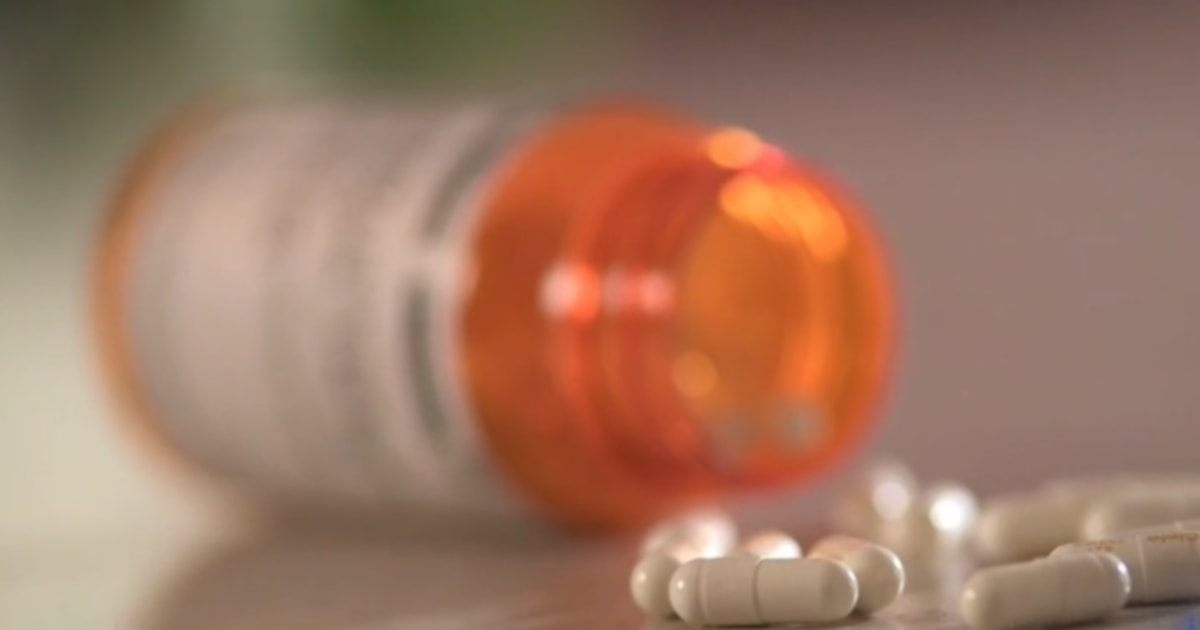Making it sound as if everyone and their brother f**king with 5ARs is doomed to be stricken with PFS!
Make sure you throw this in there too next f**KING time!
*PFS IN INDIVIDUALS PREDISPOSED TO EPIGENETIC SUSCEPTIBILITY
*MAY PERSIST IN A SUBSET OF MEN
Try to use your logical reasoning skills, it's all men that are susceptible, if you only think a small group is susceptible you have clue what finasteride actually does and impacts.
Do you actually believe that blocking the most androgenic hormone and multiple neurosteroids for years will only have an affect on your prostate or hair? It's literally long term hormonal disruption treatment of the worst kind.
Also you do understand how epigenetics work right? EVERY man can get PFS. It's only a matter of time before you get side effects.
There's a reason more and more doctors refuse to prescribe it and even respected professors are going public to warn about the dangers of 5ari's like finasteride.
And read my meta analysis study that already reviewed all studies (hint: most are extremely weak and of bad quality), so spamming the thread with these studies won't change the facts.
Also be aware of this:
There is a worrying amount of fraud in medical research
"There is a worrying amount of fraud in medical research"
Investigations suggest that, in some fields, at least one-quarter of clinical trials might be problematic or even entirely made up, warn some researchers. They urge stronger scrutiny.

www.nature.com
Medicine is plagued by untrustworthy clinical trials. How many studies are faked or flawed?
"Investigations suggest that, in some fields,
atleast one-quarter of clinical trials might be problematic or even entirely made up, warn some researchers. They urge stronger scrutiny."
Almost one-third of new drugs approved by the FDA ended up years later with warnings about unexpected, sometimes life-threatening side effects.

www.nbcnews.com
New Drugs Found to Cause Side Effects Years After Approval
Almost
one-third of new drugs approved by the FDA ended up years later with warnings about unexpected, sometimes life-threatening side effects.
Also amazing you dare to post an old low quality study insinuating nocebo effects.
Recent study about pfs and nocebo:
A document by Mayer Brezis. Click on the document to view its contents.

www.authorea.com
Neuropsychiatric Reactions to Finasteride: Nocebo or True Effect?
“Serious adverse effects from finasteride appear to be real and not related to simulated reporting of a nocebo effect.”
And I can post a ton of studies too if you'd like.
Although significant clinical benefits of finasteride monotherapy were demonstrated, the effective size of the available reports included in the analysis is limited. Additional head-to-head studies would be needed to re-evaluate clinical efficacy and safety of 5-ARI in combination or not with...

pubmed.ncbi.nlm.nih.gov
Sexual health dysfunctions were significantly influenced by finasteride therapy when compared with placebo treated patients.
Finasteride is not some magical drug without side effects that balding guys wish it to be.
Btw did you know finasteride gets new warnings even decades after release, recently for Hematospermia.
Around the world the drug is getting more scrutiny.
"Regulators are waking from their slumber: ANSM France adding red box warning to packaging, providing extensive safety info to pts. FDA to host Pt Listening Session on post-finasteride syndrome UK MHRA to launch safety review Health Canada to update safety info on suicidality"
Also amazing that a mod on this forum tries to downplay the effects... Shameful.


























